Big cats, such as lions, tigers, leopards, and jaguars, are some of the most formidable predators on Earth. These majestic creatures not only captivate our imagination but play a crucial role in maintaining the delicate balance of ecosystems. Understanding their role can help us appreciate nature’s intricate interconnections and conservation efforts’ importance.
The Pillars of Biodiversity
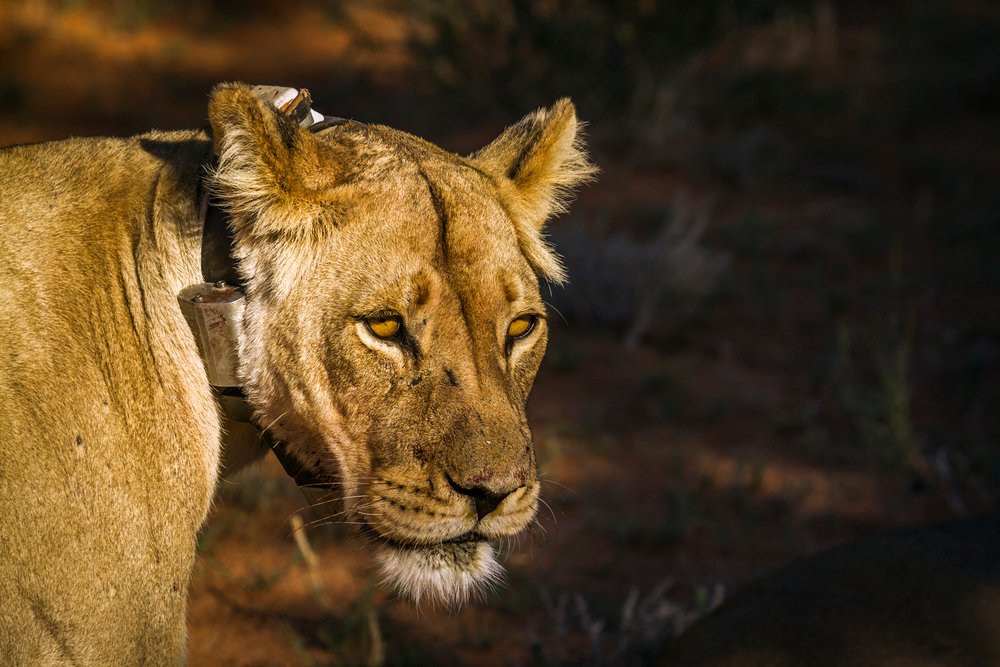
Big cats are often considered keystone species. This means their presence and activities have a disproportionate impact on their environment compared to other species. Their role as apex predators helps control the population of herbivores, which in turn maintains the balance of plant communities, highlighting their importance in sustaining ecosystem health and diversity.
Controlling Herbivore Populations
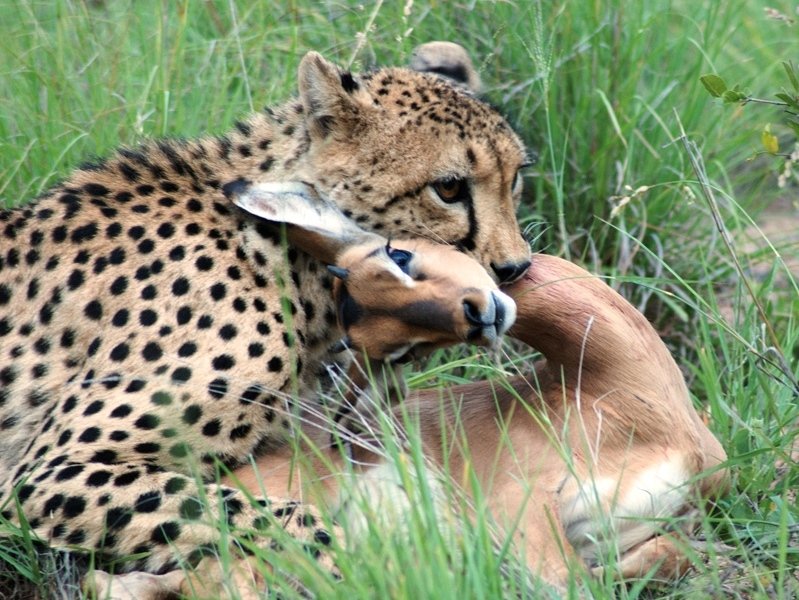
Big cats regulate the numbers of herbivores like deer, antelope, and zebras. Without these predators, herbivore populations can explode, leading to overgrazing. This can result in habitat degradation, loss of plant species, and reduced biodiversity. By culling the population, big cats ensure that ecosystems remain robust and resilient.
Promoting Biodiversity
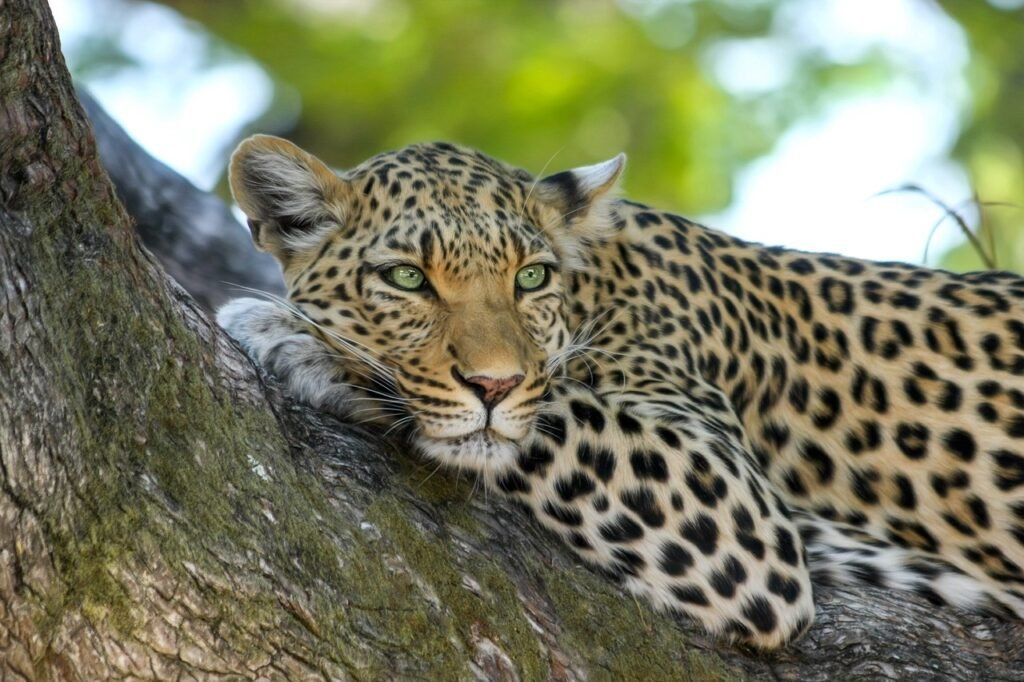
Through predation, big cats help sustain a variety of species. By keeping herbivore numbers in check, they prevent any one species from dominating the landscape, which allows for a wider array of plant and animal species to thrive. This biodiversity is crucial for resilient ecosystems capable of withstanding environmental changes.
Influencing Plant Growth and Distribution
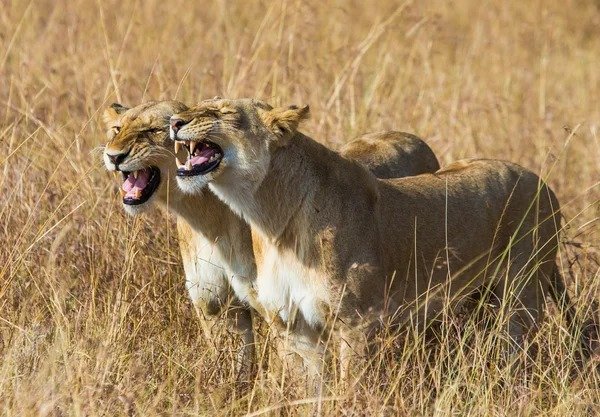
The predation pressure exerted by big cats causes herbivores to modify their foraging habits. This alteration can lead to diverse plant growth and prevent overbrowsing in particular areas. As a result, forests and grasslands can maintain their structural integrity and continue providing essential services such as carbon storage and oxygen production.
Cascading Effects on Ecosystem Function

The influence of big cats extends beyond the direct relationships with their prey. The presence of these predators can trigger trophic cascades, where changes in one part of the food web cascade through other parts. This can impact a wide range of ecosystem functions, including nutrient cycling and habitat formation, underscoring the far-reaching effects of big cats on the ecosystem.
Supporting Scavenger Species

When big cats make a kill, not all of the carcass is consumed. This leftover provides an important food source for scavenger species like vultures, hyenas, and even smaller animals. These scavengers play their own role in the ecosystem, helping to recycle nutrients back into the soil, thus supporting plant and microbial communities.
Indicator Species for Monitoring Ecosystem Health

Big cats can serve as indicator species, reflecting the overall health of their ecosystem. Changes in their population can signify underlying problems such as habitat loss, prey scarcity, or environmental pollution. Monitoring big cat populations offers scientists valuable insights into the wider health and function of ecosystems.
Human-Wildlife Conflict and Conservation Challenges
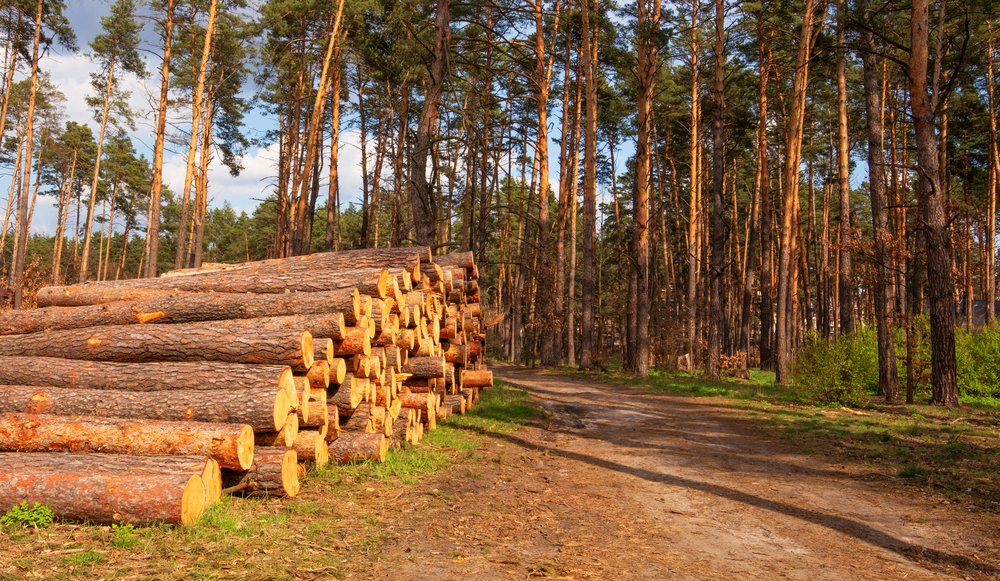
Despite their importance, big cats face numerous threats from human activities. Habitat encroachment, poaching, and human-wildlife conflict significantly impact their populations. Conservation efforts require balancing human needs with wildlife protection and involve local communities to ensure sustainable coexistence.
Conservation Efforts and Global Initiatives

Efforts to conserve big cats are ongoing worldwide. Initiatives such as protected areas, wildlife corridors, and legal protections aim to safeguard these critical species. International cooperation and funding are crucial to combating poaching and illegal trade, ensuring that future generations can benefit from healthy ecosystems supported by big cats.
The Future Role of Big Cats in Ecosystem Balance

The preservation of big cats is vital for maintaining ecosystem balance into the future. As apex predators and keystone species, they hold the key to biodiversity and ecological stability. Continued research and conservation efforts are essential to safeguard their populations and, by extension, the health of the world’s ecosystems.
Conclusion
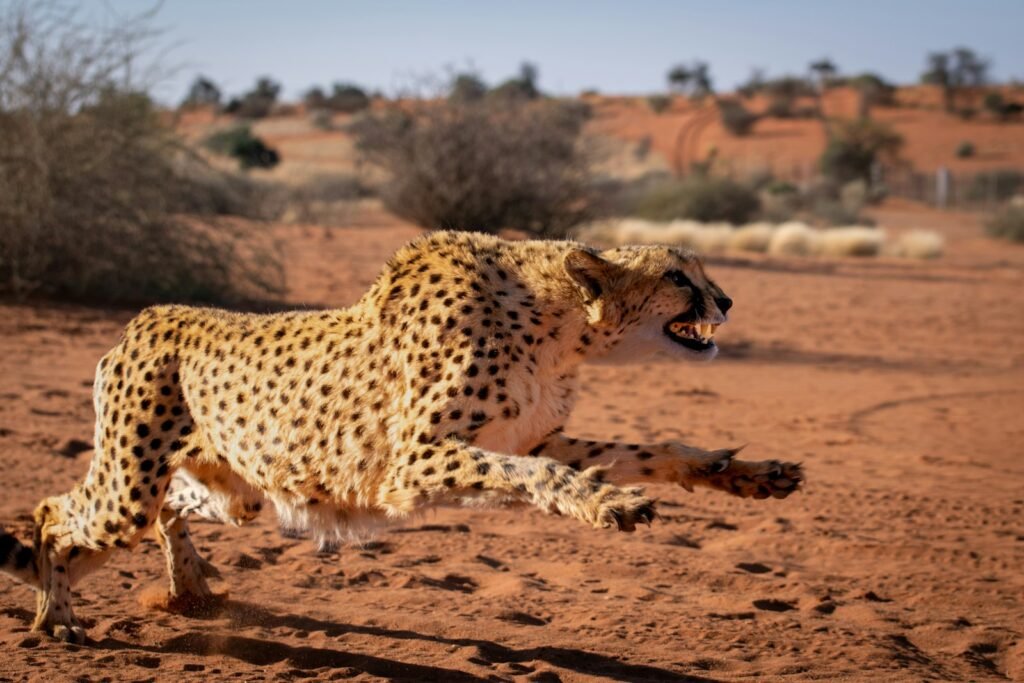
Understanding the ecological role of big cats emphasizes their significance beyond mere symbolism or tourism appeal. Their presence is integral to the health of ecosystems, impacting biodiversity, plant communities, and nutrient cycles. Protecting these majestic predators is not just about saving a species but preserving the intricate balance of the natural world we all depend on.

Growing up traveling and experiencing new cultures and wonders, I have had a passion for nature, adventuring, photography, and videography. I am currently working towards a BSc in Biodiversity and Ecology at Stellenbosch University, and I hope to specialise in Marine Sciences one day.
Please send any feedback to Feedback@animalsaroundtheglobe.com






